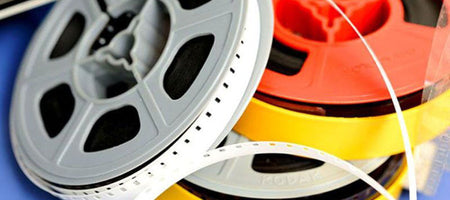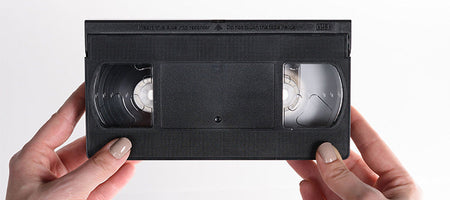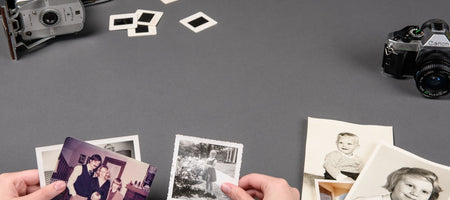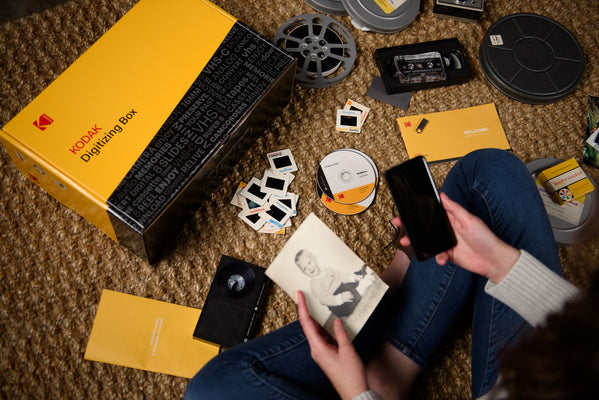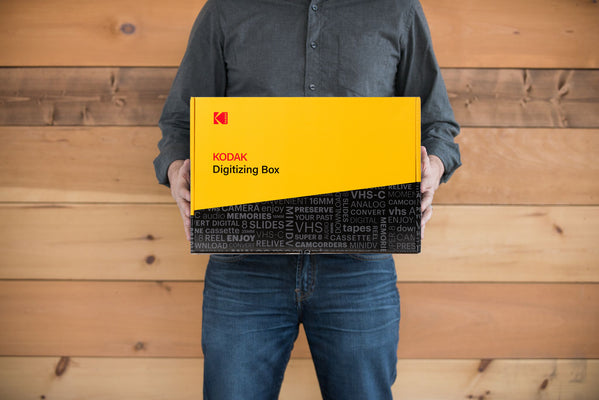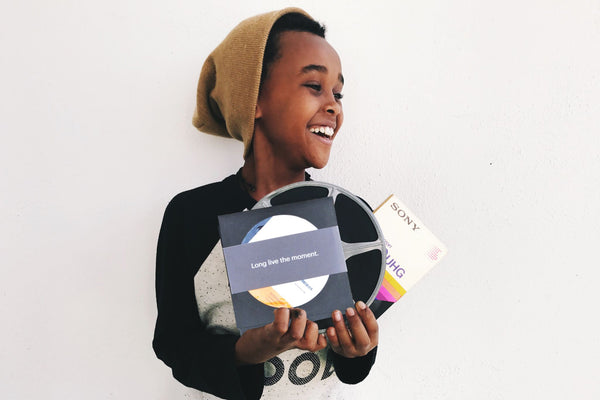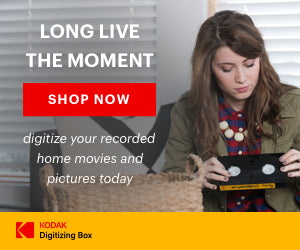The era of audio, made possible by magnetic tapes, was a time of musical experimentation and innovation. Sound quality was given the utmost attention, which sparked audiophiles to seek out the crispest recordings and musically sound studios.
But even for those lacking expert ears, the audio age made recording sound accessible at a commercial level for our humble garage band practices, talent shows, and home videos.
Kodak may now embrace modern developments by digitizing analog memories onto discs and hard drives, but we still love walking down memory lane and reminiscing about our audio past. So without further ado, let’s look back at some fun facts about audio.
Audio recording technology was hidden from the rest of the world for 15 years
Reel-to-reel tape recorders were found as early as 1928 in Nazi Germany with the invention of the Blattnerphone and Magnetophon. But the regime did not share these technologies with other countries. The recordings were so superior that Hitler used the devices to devise faux “live” broadcasts to Germans while he remained safe in a secret location. In 1945, the Allied Nations discovered reel-to-reel technology and by the 1950s, the machinery became commercialized and mainstream.
Bing Crosby was the first artist to popularize reel-to-reel recordings
When audio engineer Jack Mullin returned from World War II with the German recording machinery, Bing Crosby saw potential in the devices for pre-recording his radio shows. Crosby invested in Mullin’s development of fine-tuning the technology and later used the reel-to-reel recordings to record albums.
The Beatles used reel-to-reel recordings to create their Greatest Hits
Similar to fanciful keyboards, reel-to-reel audio recordings could be spliced together to mix tunes of different speeds for a more creative soundtrack. The Beatles used this technique to record the background sound of marching bands in “Yellow Submarine.” “Strawberry Fields Forever” had two separate audio recordings of different speeds combined with the same pitch and tempo.
Cassettes spurred the slogan “Home Taping is Killing Music”
Recording artists have always been weary of copyright concerns, especially in the digital era. When cassettes first came on the market, they were oftentimes sold blank making them ideal for home recordings. The British Phonographic Industry was worried this would promote infringement and thus started an anti-cassette campaign in the 1980s with the phrase “Home Taping is Killing Music” above a skull-like graphic.
In 1983, cassette tapes overtook vinyl in sales
With the U.S. debut of the Walkman in 1983, cassettes became extremely popular in the early 80s. Before the 1980s vinyl records had more sales. Nowadays, vinyl sales are in the millions whereas the cassette market is in the hundreds thousands. But let’s not forget there was a short golden era for the beloved cassette!

